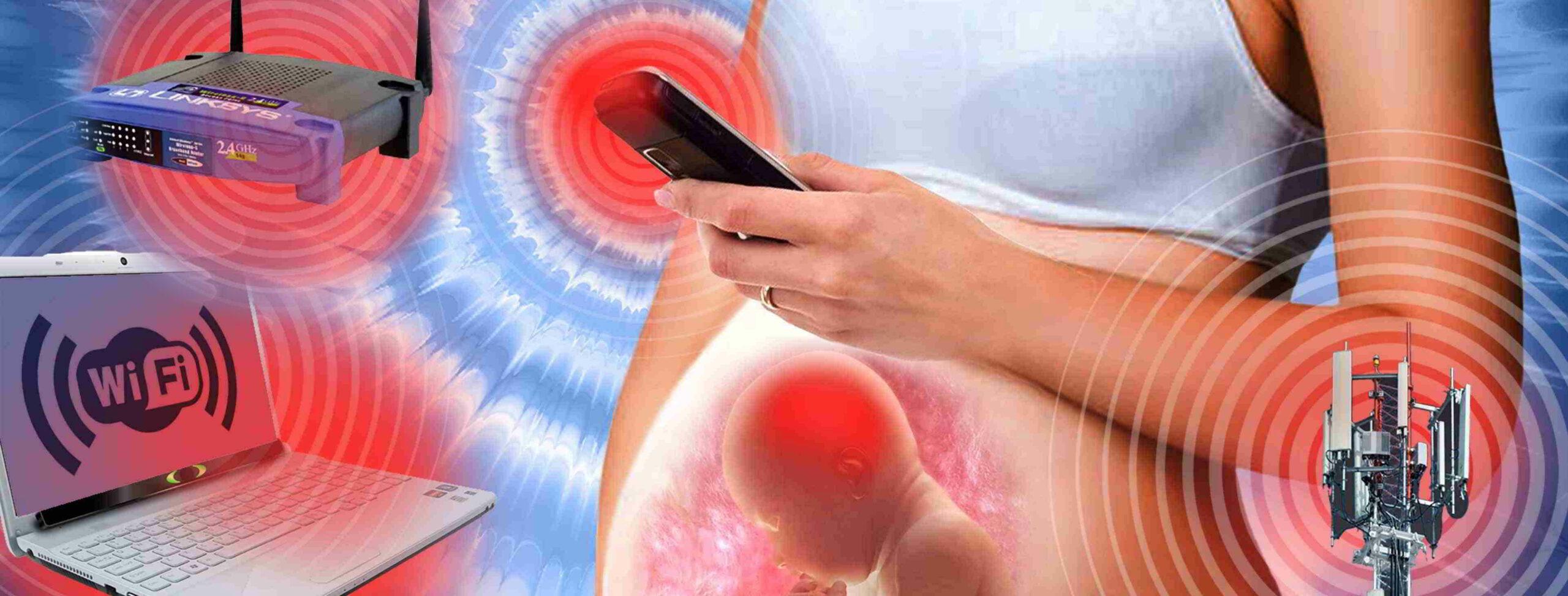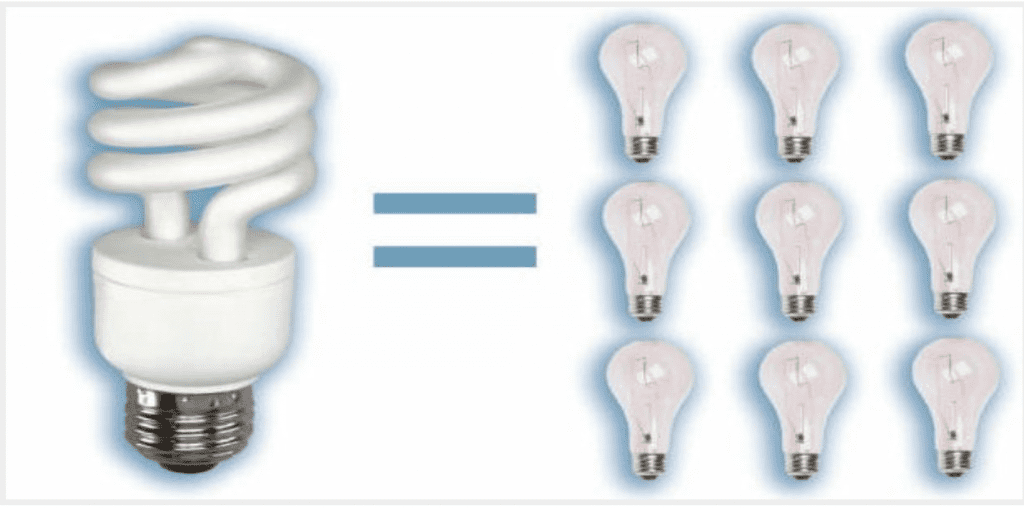=========================================================
Source Article:
Energy Saving Light Bulbs Are Poisonous To The Brain, Nervous System, Liver, Kidneys And Heart
https://www.worldlifeinfo.com/2019/09/energy-saving-light-bulbs-are-poisonous.html
=========================================================
There is a growing frenzy about the safety of energy saving light bulbs, which have grown increasingly popular.
The US Environmental Protection Agency has even released an emergency advisory for the product. This is mainly because they are full of poisonous gas, which is released when they break.
Mercury Is Just The Beginning
Scientists at the Fraunhofer Wilhelm Klauditz Institute found that if these energy saving light bulbs break indoors, they could fill the air with 20 times the upper safety limit of mercury in the environment.
This could lead to the following medical conditions:
-
Migraines
-
Dizziness
-
Seizure
-
Cluster headaches
-
Anxiety
-
Difficulty concentrating
-
Fatigue
What Are The Other Risks?
Mercury is a neurotoxin. It’s specifically dangerous for the brain, kidneys, liver and the nervous system, but can also damage the reproductive, immune and cardiovascular systems.
Additionally, according the The Daily Mail, “German scientists claimed that several carcinogenic chemicals and toxins were released when the environmentally-friendly compact fluorescent lamps (CFLs) were switched on, including phenol, naphthalene and styrene.”
Here’s a Breakdown of Each of These Chemicals:
Phenol – A mild carcinogen which is known to be highly irritating to the skin, eyes, and mucous membranes in humans after short term inhalation.
It can cause irregular breathing, muscle weakness and tremors, loss of coordination, convulsions, coma, and respiratory arrest at high doses. via Environmental Protection Agency
Naphthalene – According to the National Pesticide Information Center, Naphthalene is made from crude oil or coal tar. It can be found in things like cigarette smoke and car exhaust.
The World Health Organization (WHO) concluded that naphthalene is possibly carcinogenic to humans.
Styrene – People exposed to styrene are at a high risk of developing lymphohematopoietic cancers, such as leukemia and lymphoma.
They may also suffer from genetic damage to theis white blood cells, severely affecting their immune system. via National Toxicology Program
And if that’s not enough, researchers at Stony Brook University in New York studying CFL bulbs concluded “… [we] measured the amount of UV emissions and the integrity of each bulb’s phosphor coatings. Results revealed significant levels of UVC and UVA, which appeared to originate from cracks in the phosphor coatings, present in all CFL bulbs studied.” via NaturalSociety
These rays are potentially hazardous for both the eyes and skin. They also impact your immune system, damage your skin and interfere with your body’s production of vitamin D-3.
Emergency Protocol for Broken Energy Saving Light Bulbs
The EPA-recommended process for cleaning up broken bulbs is the following:
Precautions
-
Move everyone out of the room – including pets.
-
Let fresh air flow into the room for 10 minutes by opening all doors and windows.
-
Switch off heating and/or cooling systems.
Gather the following materials for the cleaning process:
-
Cardboard
-
Damp paper towels
-
Sticky tape
-
Glass jar with a metal lid
Cleaning Process
-
Avoid vacuuming because it can spread the vapors or powders of mercury.
-
Make sure to collect all the broken pieces of glass and powder. Large pieces can be scooped up using the cardboard whereas the tiny pieces of glass and powder can be removed by using the duct tape. The tape should be carefully placed into the glass jar.
-
Place all the cleaning materials into a sealed container.
Post-Cleaning
-
Place all the bulb pieces, powder and cleaning materials in a seal-able trash container for further disposal. Don’t leave any debris or cleaning material indoors.
-
Contact your local government authorities to take the bulbs to the proper recycling facility.
-
Make sure to air out the room while keeping the heating and/or cooling systems off for a few hours.

